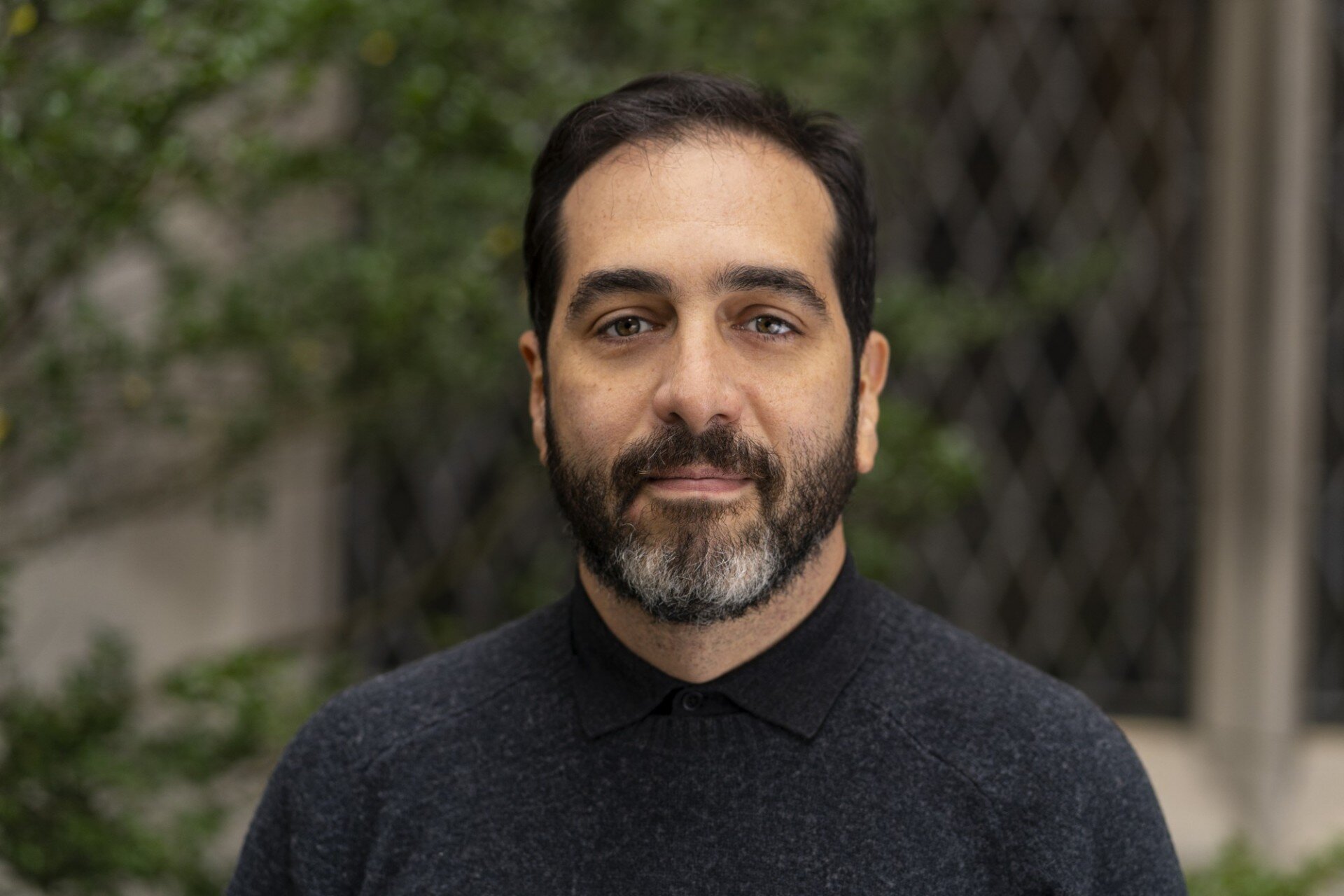Stretching over 675 kilometers from Um Qais in the north to Aqaba on the Red Sea, the Jordan Trail is one of the most captivating long-distance routes in the Middle East–and probably in the whole world. It traverses the dramatic landscapes of Jordan’s highlands, desert expanses, and fertile valleys, threading through sites of immense historical, cultural, and spiritual significance. For those seeking a meaningful journey during the (Catholic) Jubilee Year, the trail offers an unparalleled opportunity for reflection, connection, and discovery.
A Route of timeless significance
The Jordan Trail is not a single historic path but an amalgamation of ancient trade routes, pilgrimage roads, and travelers’ pathways used for millennia. It crosses territories once walked by Edomites, Nabataeans, Romans, and early Christian pilgrims.
The route is also deeply intertwined with biblical traditions, linking locations associated with figures such as Moses, Elijah, John the Baptist, and Jesus. Yet, its appeal extends far beyond religious narratives—archaeological remains, Bedouin heritage, and the breathtaking natural environment make it a compelling journey for pilgrims and hikers alike.
The Jubilee Year: A time for pilgrimage
In many traditions, a Jubilee Year is a time of renewal, reflection, and return to foundational values. Pilgrimage, as a physical and spiritual act, aligns seamlessly with these themes. Walking the Jordan Trail during this period offers an immersive experience of history, solitude, and cultural exchange. Whether retracing ancient steps through the ruins of Jerash, meditating in the wilderness of Wadi Mujib, or arriving at the shores of the Red Sea, pilgrims engage with a landscape that has long been a crossroads of faith and civilization.

(Arriving at Petra; Photo credit: The Jordan Trail)
Key pilgrimage destinations along the trail
- Mount Nebo
One of the most iconic stops on the Jordan Trail is Mount Nebo, where tradition holds that Moses died. From its summit, the panoramic views extend across the Dead Sea all the way toward Jerusalem. The Byzantine church and monastery atop the mountain contain stunning mosaics, providing insight into early Christian art and devotion.
- Bethany Beyond the Jordan – Baptism Site
South of the Dead Sea, near the Jordan River, lies Bethany Beyond the Jordan, identified as the place where John the Baptist baptized Jesus. This UNESCO World Heritage Site has been an important pilgrimage destination since late antiquity. Visitors can explore remains of ancient baptismal pools, early churches, and hermit caves that bear witness to centuries of spiritual activity.
- Petra – The Rose-Red City
Though primarily known as the Nabataean capital, Petra holds significance for pilgrimage, particularly due to its role as a crossroads for ancient travelers. The awe-inspiring Siq, the monumental Treasury, and the rock-hewn Monastery create a landscape that evokes both grandeur and introspection. The Monastery (Ad Deir), reached via a challenging ascent, has long been a place of retreat and reflection.
- Wadi Rum – Desert of Contemplation
The vast, silent expanse of Wadi Rum offers an experience of solitude akin to the monastic traditions of the early desert hermits who once roamed this otherworldly landscape. With its towering sandstone cliffs and shifting dunes, the region provides a natural setting for contemplation, echoing the experiences of those who sought clarity and transformation in the wilderness–also, you will not find clearer night skies elsewhere.
- Aqaba – The Journey’s End
For those completing the full Jordan Trail, the coastal city of Aqaba marks both an arrival and a transition. Historically a major port and gateway, Aqaba’s Red Sea waters symbolize renewal and new beginnings—a fitting conclusion for a pilgrimage undertaken in the Jubilee Year.

(The end of the journey in Aqaba)
Walking the Trail: Practical considerations
The Jordan Trail is typically divided into eight sections, each requiring multiple days of trekking. While some opt to complete the entire route in about 40 days, many pilgrims select shorter sections based on their time and interests.
- Best Time to Go: Spring (March–May) and autumn (September–November) offer the most favorable weather.
- Accommodation: Options range from camping and homestays in local villages to ecolodges, Bedouin glamping sites, and guesthouses.
- Cultural Etiquette: Jordan is known for its hospitality. Pilgrims should do their best to make the most to enjoy local customs, dress modestly when and if required, and engage with communities along the way.
- Guided or Independent?: While experienced trekkers can navigate the trail independently, guided tours offer deeper insights into history, local traditions, and logistical support.
A pilgrimage beyond borders
The Jordan Trail is a passage through time, cultures, and inner and outer landscapes. As a privileged pilgrimage route for the Jubilee Year, it invites travelers to step into history, embrace the challenges of the road, and arrive at a deeper understanding of both past and present. Whether seeking spiritual renewal, cultural immersion, or the simple joy of walking through ancient lands, the Jordan Trail stands as one of the world’s great pilgrimage experiences.




